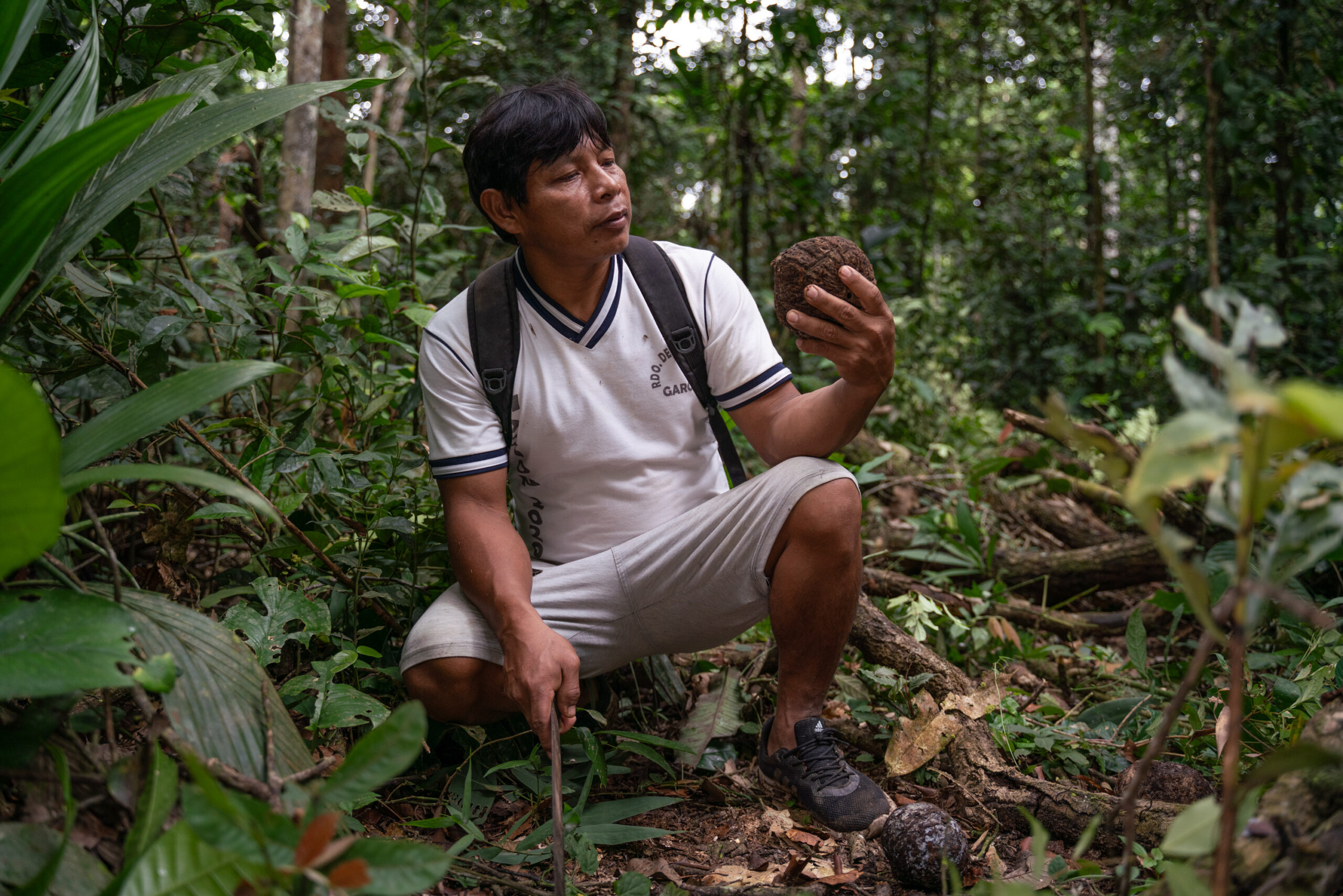A model shaped by indigenous voices
ECA-Amarakaeri also works with over 1,500 direct participants from the ten communities to monitor and patrol the reserve and gather evidence of any illegal activities or impacts within it, using a digital platform. Young people make up 60% of the reserve surveillance team.
Since 2018 the Amarakaeri reserve has held a place on the International Union for the Conservation of Nature Green List, which certifies the highest conservation standards worldwide.
The running of the project is guided by life plans prepared and signed by each community. The model is now being replicated in nine other Peruvian territories and countries including Brazil, Bolivia and Colombia.

